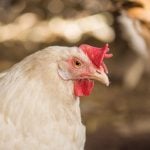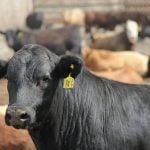Glacier FarmMedia — Researchers are seeking ways to manage antimicrobial-resistant bacteria on farms, including quicker evaluation of bacteria so treatment can be better targeted. Agriculture and Agri-Food Canada and University of Saskatchewan veterinary school researchers are studying feedlot water troughs, hoping the water can tell them what sort of anti-microbial resistant bacteria are present. Antimicrobial […] Read more










